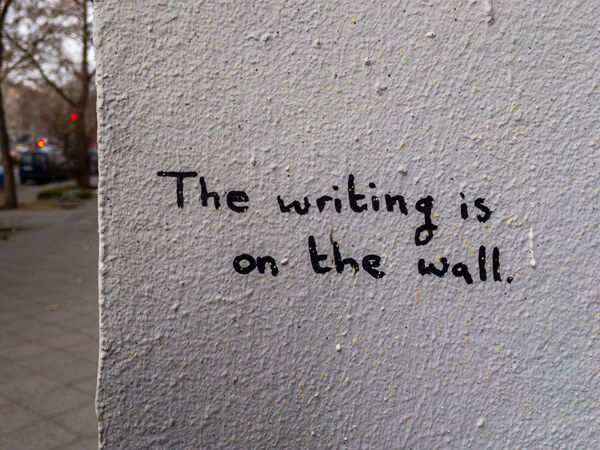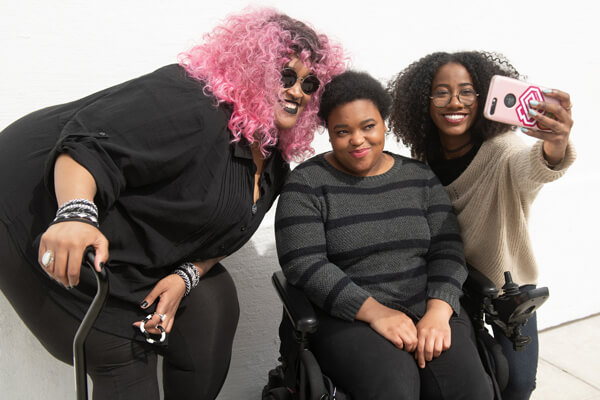
E-BOOKS
Image descriptions
Image source: Jeff Sheldon/Unsplash
E-books that include image descriptions are more accessible to readers with print disabilities. Image description is a general term referring to any description of an image in text form, including one found in the body of the text or in the caption field of an image. An image description conveys to someone with who is blind or has low vision the same or equivalent information a sighted reader would get when they look at an image. Image descriptions are typically included in digital content in three forms - alt text, long description, and captions - and are read out loud by a screen reader or screen-reading software.
Description Types
Image source: Erick Chevez/Unsplash
Alt Text
Alt text also known as alternative text, offers a textual description of an image. Alt-text descriptions are visually hidden but when someone uses a screen reader, the alt-text will be read aloud. Alt-text descriptions are generally concise, usually a short phrase or, at most, a couple of sentences. Well-written alt text in e-books tends to be slightly longer and more detailed compared to alt text in images on websites.
Image source: Jeff Sheldon/Unsplash
Long Description
Long description is a detailed text description of an image that can be longer than alt text, sometimes up to a few paragraphs. If long descriptions are used, they are visible to everyone because they are inserted in the text near the image. An example of a long description might be: A white tablet featuring a photograph of a bowl of soup and a recipe is displayed on a stand on a white kitchen counter. A white bowl full of green limes is behind the tablet. The stand holds a variety of utensils including a wooden spoon.
Image source: Pexels/Perfecto Capucine
Captions
Captions provides additional information about an image, including a brief description and contextual information. An example of a caption for the image above might be: E-books can go anywhere. A person holds an e-reader and relaxes in the shade, with their feet up on a decorative wrought iron railing.
Image source: Sebastian Multec/t/nsplash
Decorative Images
Decorative images are images and graphics that enhance the visual appearance but do not convey any meaningful information. As such, they do not need to be described, except on the cover of a book.
The following is a list of image description guidelines from AccessiblePublishing.ca - Guide to Image Descriptions, written by accessibility testers from National Network for Equitable Library Service (NNELS).
- Decorative images do not have to be described because they don't provide the reader with any useful information.
- Write image descriptions with a clear structure, working from the general to the specific.
- Context is key. Descriptions should be written based on context, including the surrounding text, audience, and related images.
- Consider and write for the audience. Children's books should be written in clear and plain language.
- Write concise descriptions and don't include phrases such as "image of" or "picture of" as screen readers will announce these if an image is present.
- Use present tense and active verbs for engagement when describing what is happening in the image.
- Avoid writing abbreviations, as some screen readers will read them as one word.
- Unless there is context, avoid making assumptions about the race, age, gender, body size and shape, facial expression, or mood of someone in an image. A smiling person is not always happy. You can't tell a person's gender based on what they are wearing, and "short," "tall," and "old" are subjective.
- Don't censor descriptions. People with print disabilities should have equal access to the images.
- If there is text in an image, it should be included in the image description.
Describing Race and Gender
It is recommended that race and gender be described if they are relevant to the image, if you know the identity of the person you are describing, and if you are consistent - meaning you describe everyone's race, not just Black people, Indigenous people, and People of Colour. In many images, mentioning race or gender might not be relevant at all. Avoid labeling people as "men" or "women," if you don’t know how they identify. Use "person" or "people."
IMAGE DESCRIPTION EXAMPLE
Image Source: affecttheverb.com





